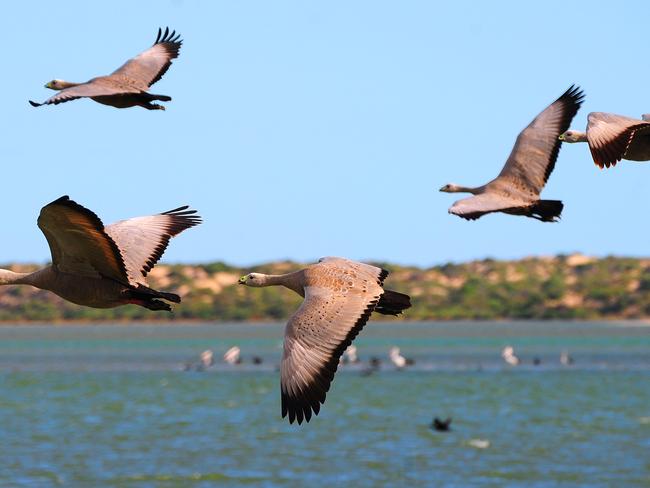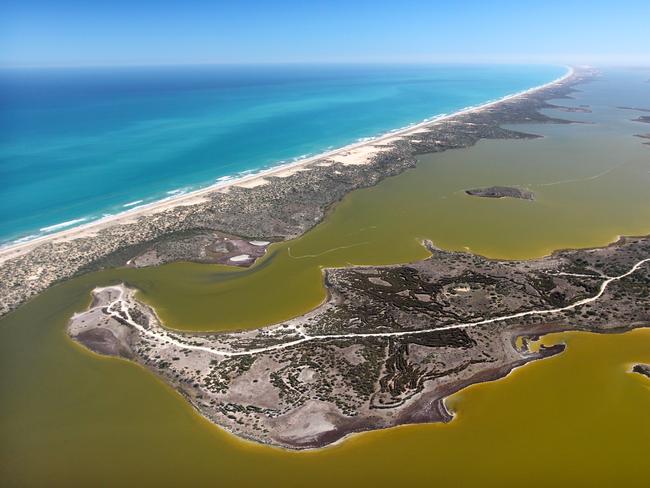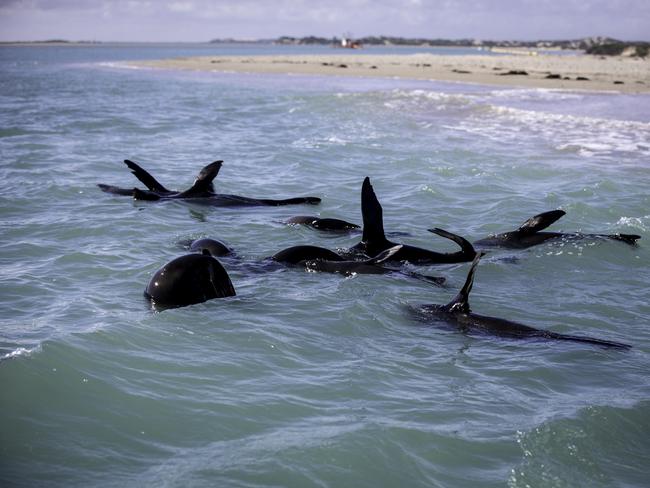Cut Murray River water flows and kiss the Coorong goodbye, says expert
SOUTH Australians can “kiss the Coorong goodbye” if plans to slash 70 billion litres from the Murray Darling Basin go ahead, according to a wetlands expert.

SA News
Don't miss out on the headlines from SA News. Followed categories will be added to My News.
- IN-DEPTH: How the water wars truce broke down
- Anger over plan to cut 70 billion litres from Basin plan
- Remake of Storm Boy set to return to Coorong
- Premier vows to fight against Murray Darling cuts
SOUTH Australians can “kiss the Coorong goodbye” if plans to slash 70 billion litres from the Murray Darling Basin go ahead, according to one of Australia’s pre-eminent experts on the internationally important wetlands.
University of Adelaide Associate Professor David Paton, who has been monitoring the River Murray and the impact of flows on the Coorong for 15 years, warned the Lower Lakes were in “serious trouble” because too much water had been taken out of the Murray Darling system.
Reduced flows to the Coorong and Lower Lakes would close the Murray mouth and have dire consequences for the river ecosystem, bird and plant life.
Prof Paton said that for the River Murray to remain sustainable, the Murray Darling Basin Authority must not cut a further 70GL from the original 2750GL allocations.

If the allocation is slashed, he said, the state can “kiss the Coorong goodbye”.
“Everybody has known that the Murray Darling Basin Plan, when delivered, would not deliver a healthy Coorong,” he said of the original deal brokered in 2012 to restore 2750 billion litres of flows to the river by 2019.
“Everyone assumes that the system has recovered already. But it has not.”
The Coorong, Lake Alexandrina and Lake Albert are internationally recognised as one of Australia’s most important wetland areas and protected under the RAMSAR Convention.
Prof Paton said the original 2750GL allocation was already a compromise and did not take climate change into account.
Prof Paton and other Adelaide University scientists this month released a report into annual winter monitoring of Ruppia tuberose, an aquatic herb and food source for waterbirds and fish in the Coorong region.

It states that in July, Ruppia tuberose “showed a reversal of the recovery that was observed in preceding winters”, and failed to meet several regional targets due to severe disruptions caused by low water levels.
He said SA would need to be even smarter about how it used its allocations to get the best environmental outcomes.
He said despite recent increased flows, the benefits would not last.


